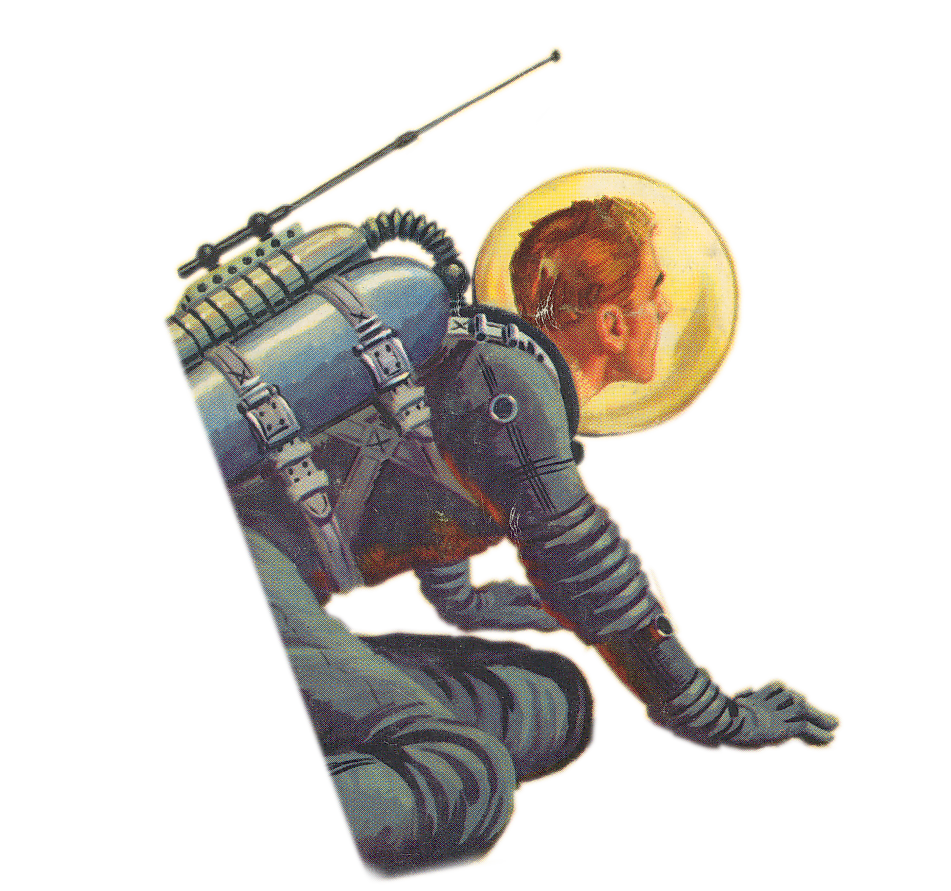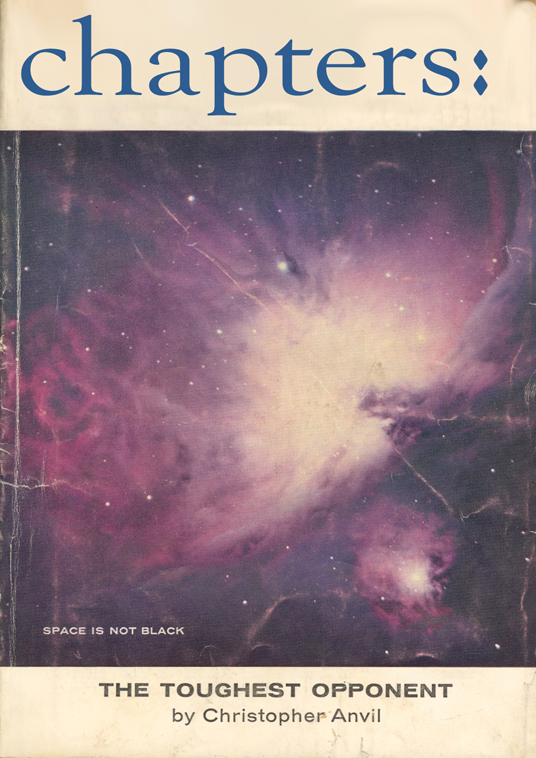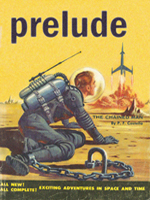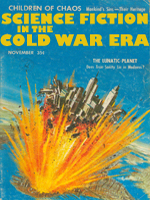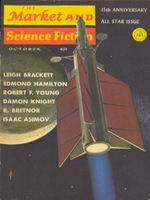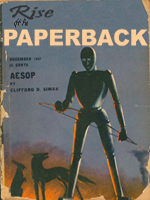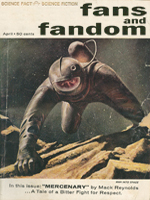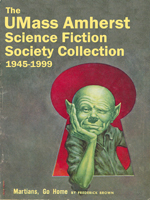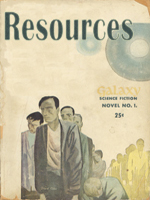American science fiction began in the 1920s as a tiny, magazine-based storytelling culture. Few Americans knew about it; most who had heard of the genre dismissed it as fanciful and juvenile. Just a few decades later, science fiction's popularity had exploded. Magazine sales increased by factors of ten. An entire subsection of the paperback publishing industry existed to print science fiction. Conventions that had at first been informal gatherings of a few dozen people had ballooned to fill hotels and ballrooms. And while many Americans continued to dismiss science fiction, survey data suggests that their neighbors and friends -- not just their children -- were reading it. What accounts for this astounding transformation? What happened?
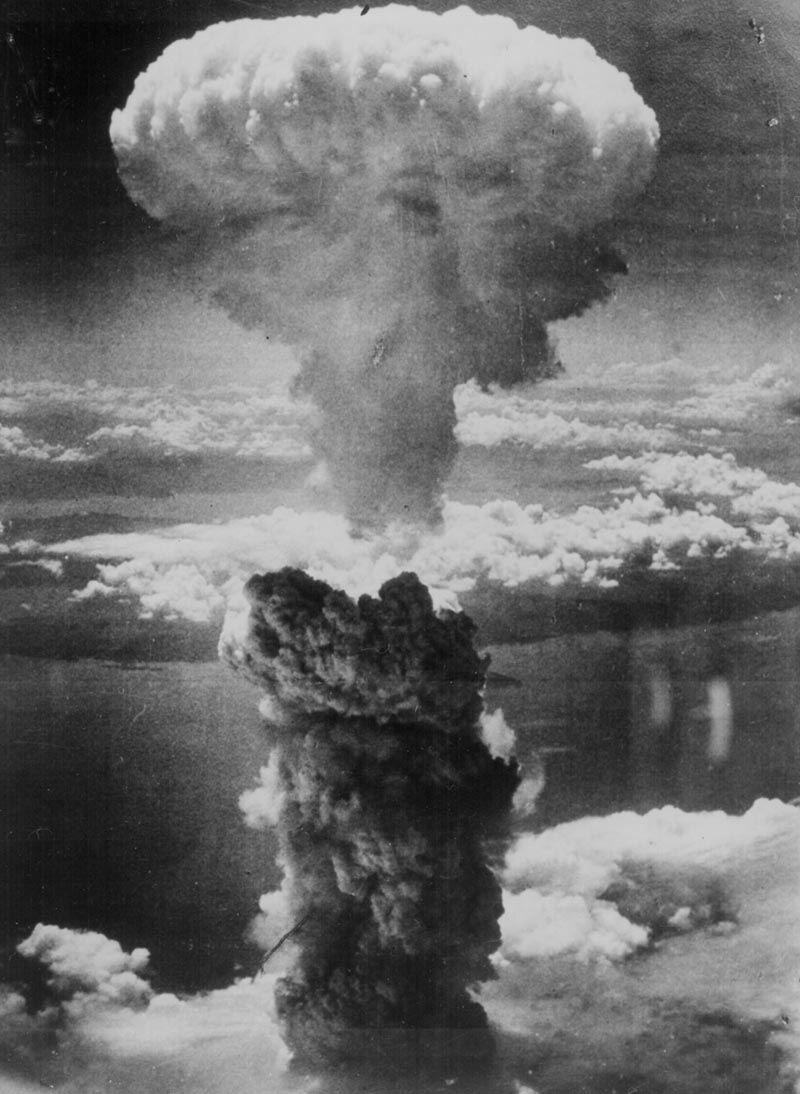
Source: wikimedia commons
In the simplest terms, the atomic bomb happened. The bombs dropped on Hiroshima and Nagasaki shocked Americans and the world. Atomic technology also epitomized a much larger constellation of cold war-era fears, encompassing everything from world-ending war to ecological catastrophe. Science fiction had once been just fantastical. Suddenly, it looked positively prophetic.
But even in a climate of anxiety, Americans flourished economically. The flush postwar years encouraged Americans to buy a new crop of mass-produced goods, among them paperback books.
When enterprising publishers printed science fiction paperbacks, American readers snapped them up. The genre's ranks swelled. And according to survey data, science fiction gained converts not just in scientific communities and among youth, but from a broad swath of reading Americans. For some magazines, this included a significant minority of women.
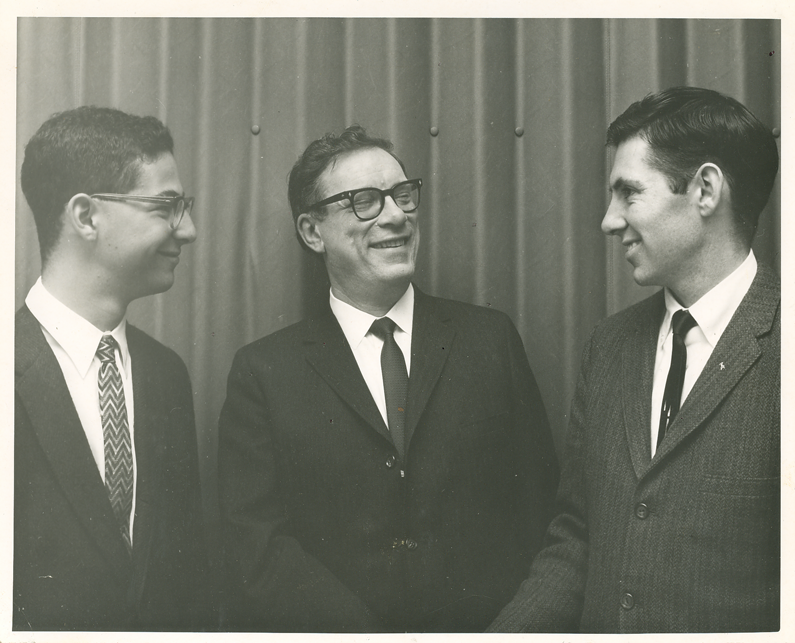
Courtesy of UMSFS.
Science fiction deserves to be examined not just as something abstract, a collection of stories outside time and space. Science fiction in America came of age in particular historical circumstances: the cultural and political pressure cooker of the early cold war years. Moreover, science fiction was a commercial venture as much as a literary one; the genre shot to prominence because Americans bought it, read it, and then bought more of it.
And in fact, readers didn't just buy science fiction. They corresponded with authors, published fanzines, and organized conventions. The commercial aspect of science fiction is important for a fuller understanding of the genre, certainly. But so are readers--the people who turned to science fiction to confront their uncertain futures.
